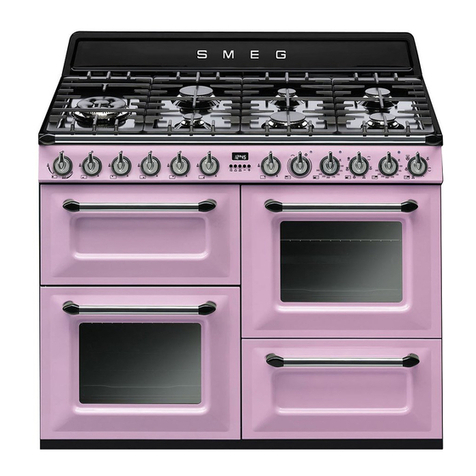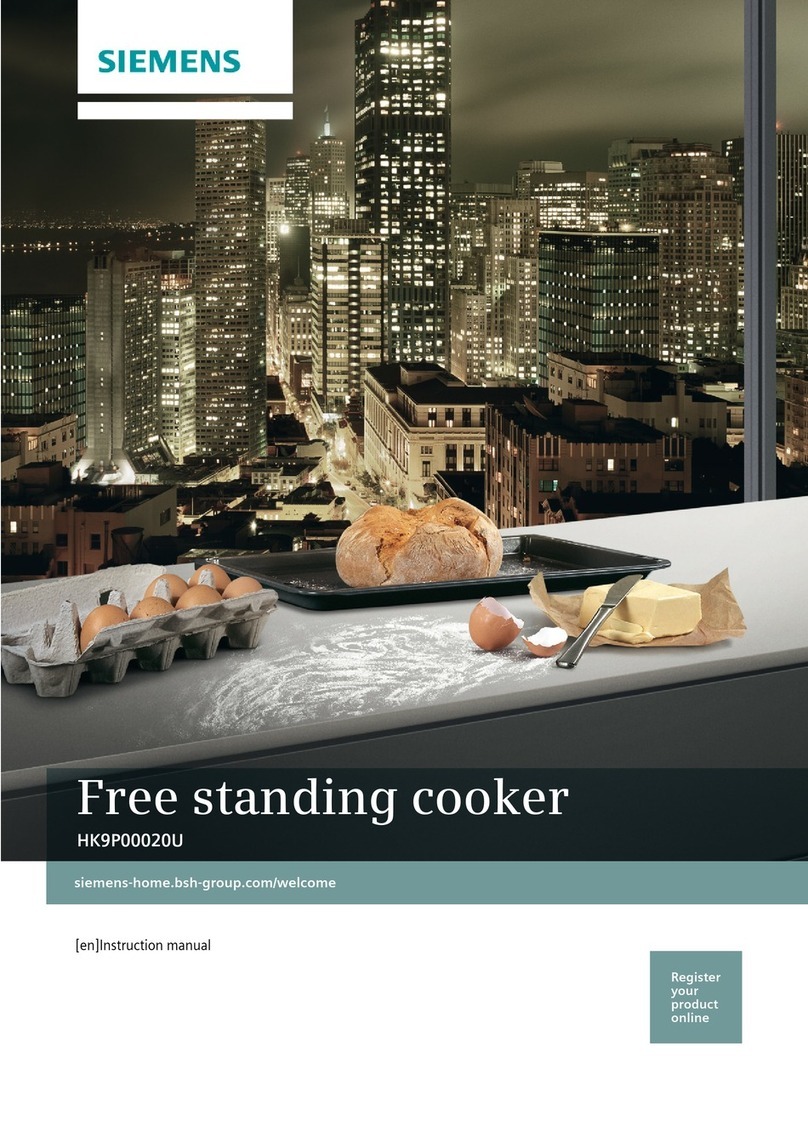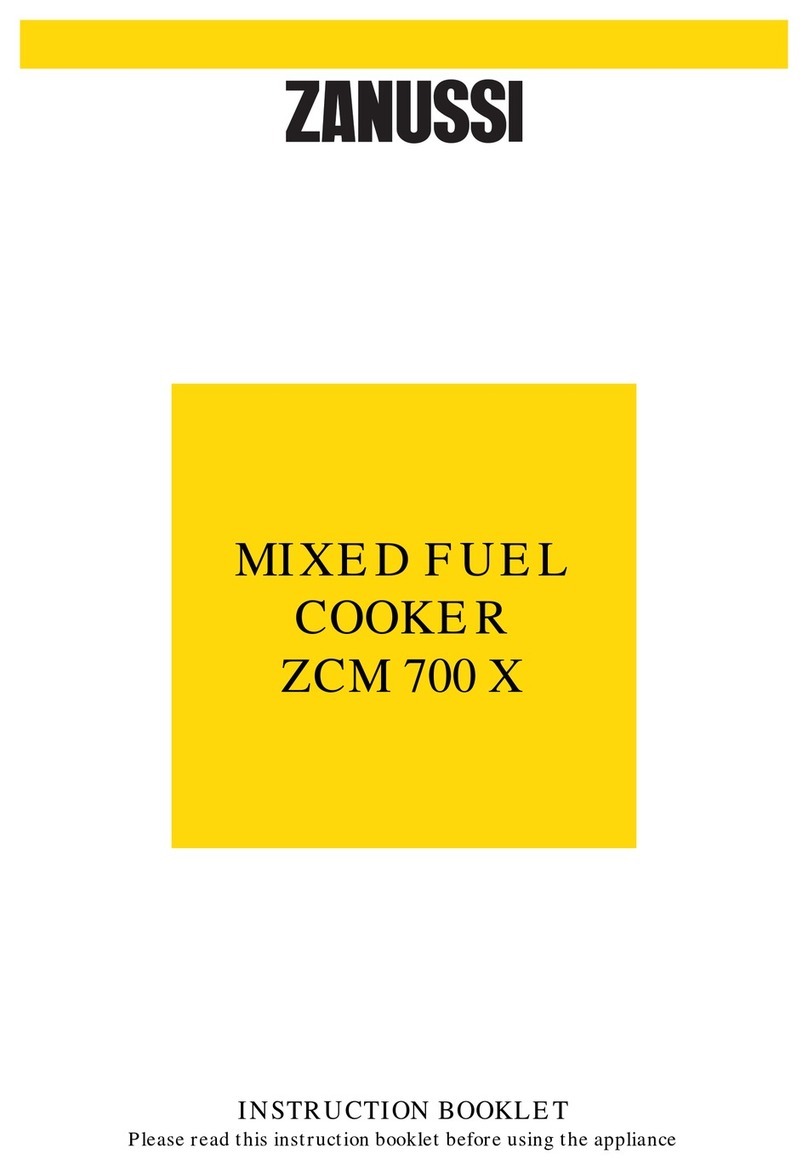Smeg SUK91MBL9 User manual
Other Smeg Cooker manuals
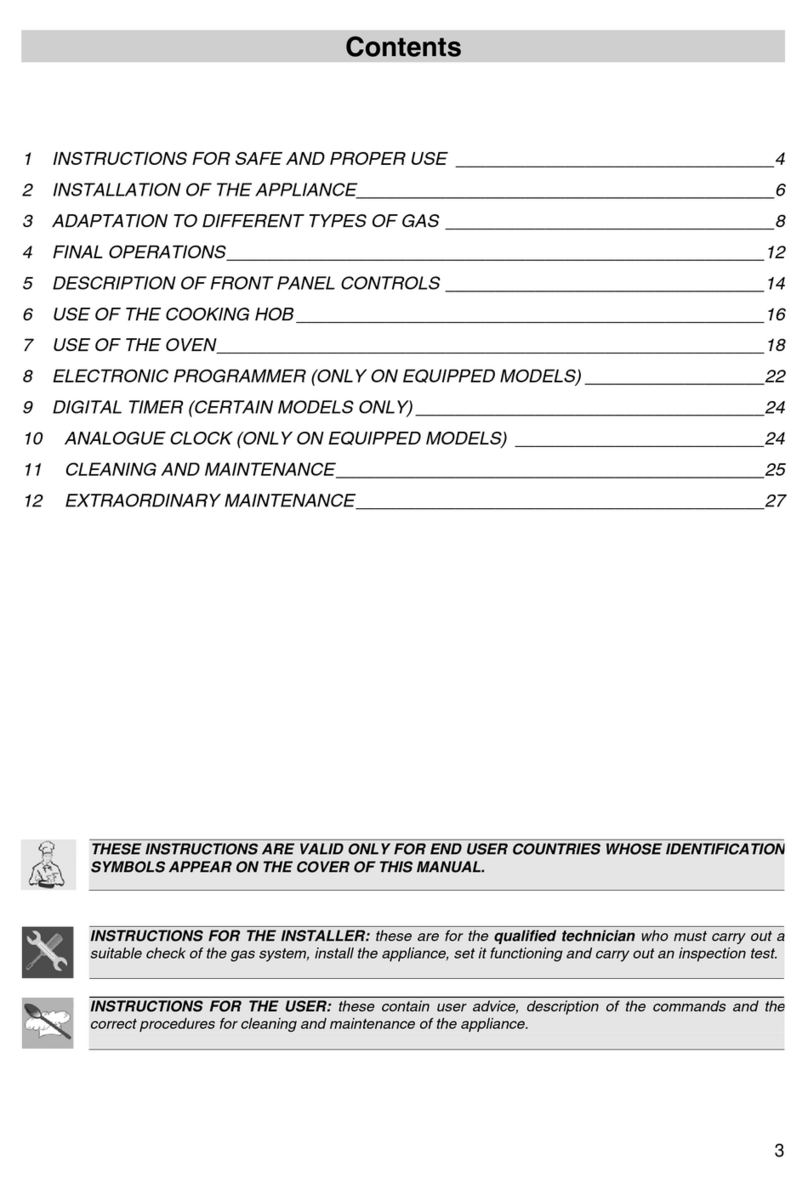
Smeg
Smeg VA61XVG User manual

Smeg
Smeg Victoria TR4110IP User manual

Smeg
Smeg A31X-7 User manual

Smeg
Smeg Mista Aesthetic B61GMXI9 User manual
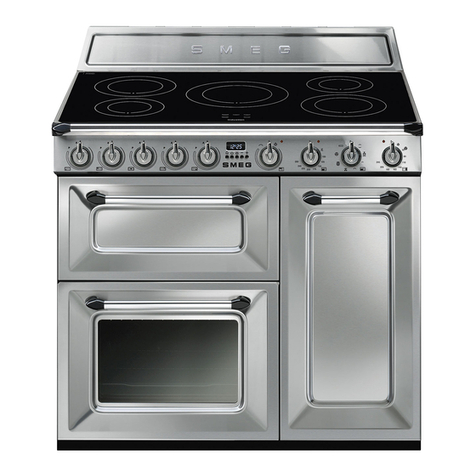
Smeg
Smeg TR93IX User manual
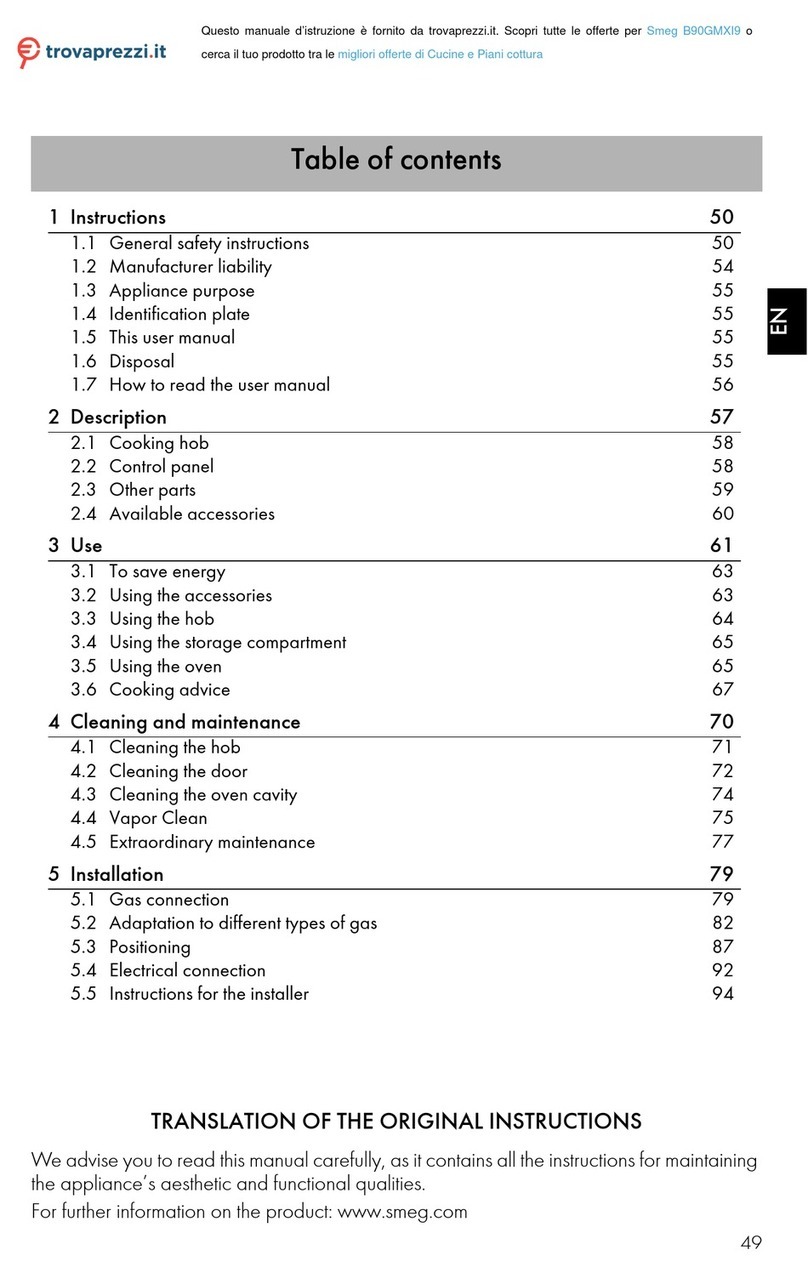
Smeg
Smeg B90GMXI9 User manual
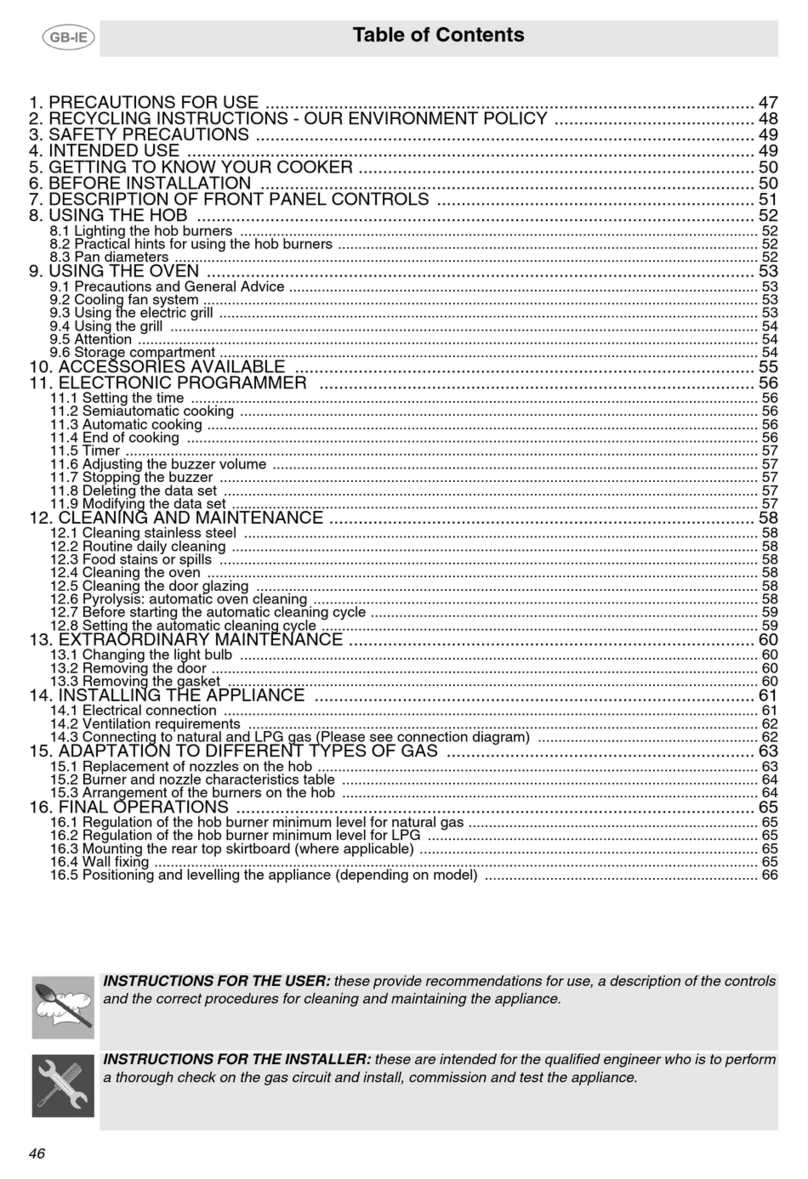
Smeg
Smeg CP60X User manual

Smeg
Smeg CB61VES User manual

Smeg
Smeg Classic User manual

Smeg
Smeg Victoria TR103GR User manual
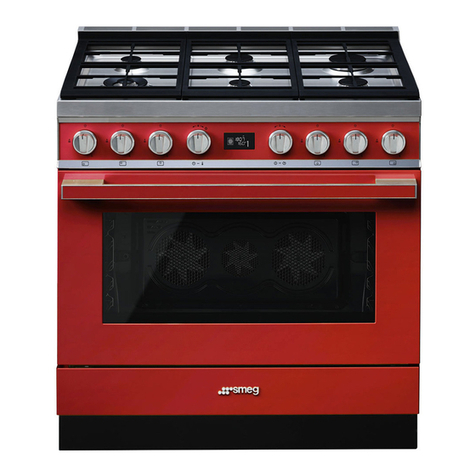
Smeg
Smeg Portofino User manual
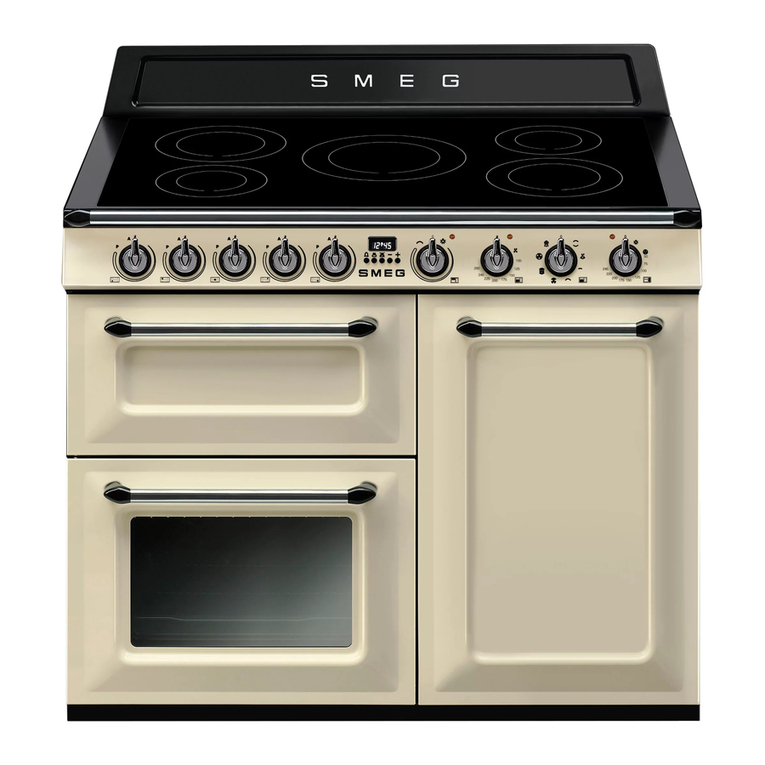
Smeg
Smeg Victoria User manual
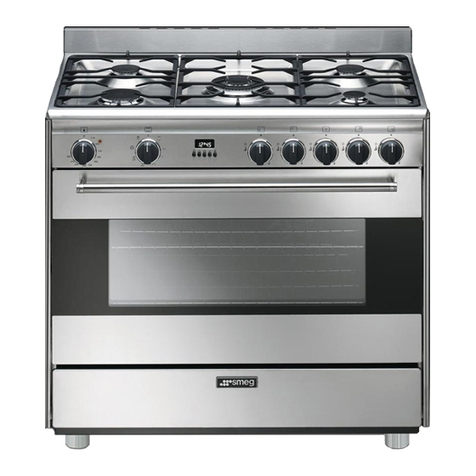
Smeg
Smeg S9GMXU User manual

Smeg
Smeg Classica C95GPX9-1 User manual
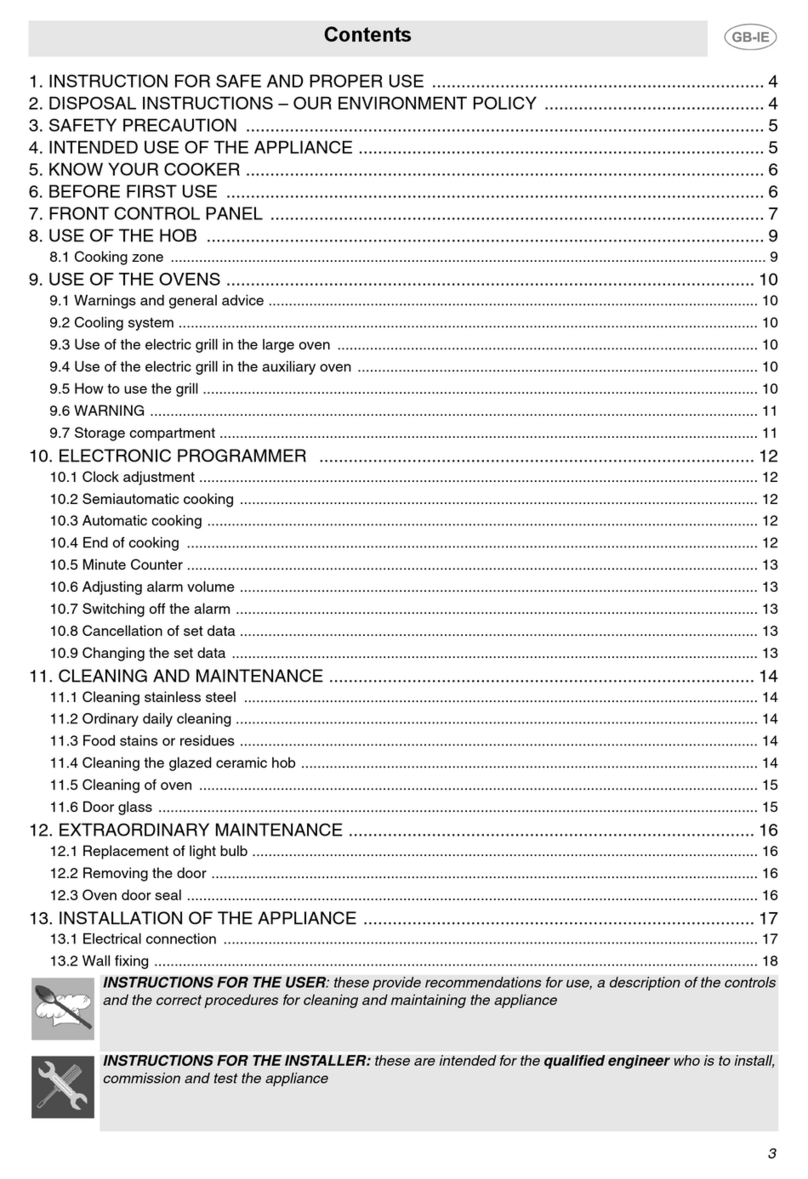
Smeg
Smeg SUK92CMX5 User manual

Smeg
Smeg Cooker SCB60GB User manual
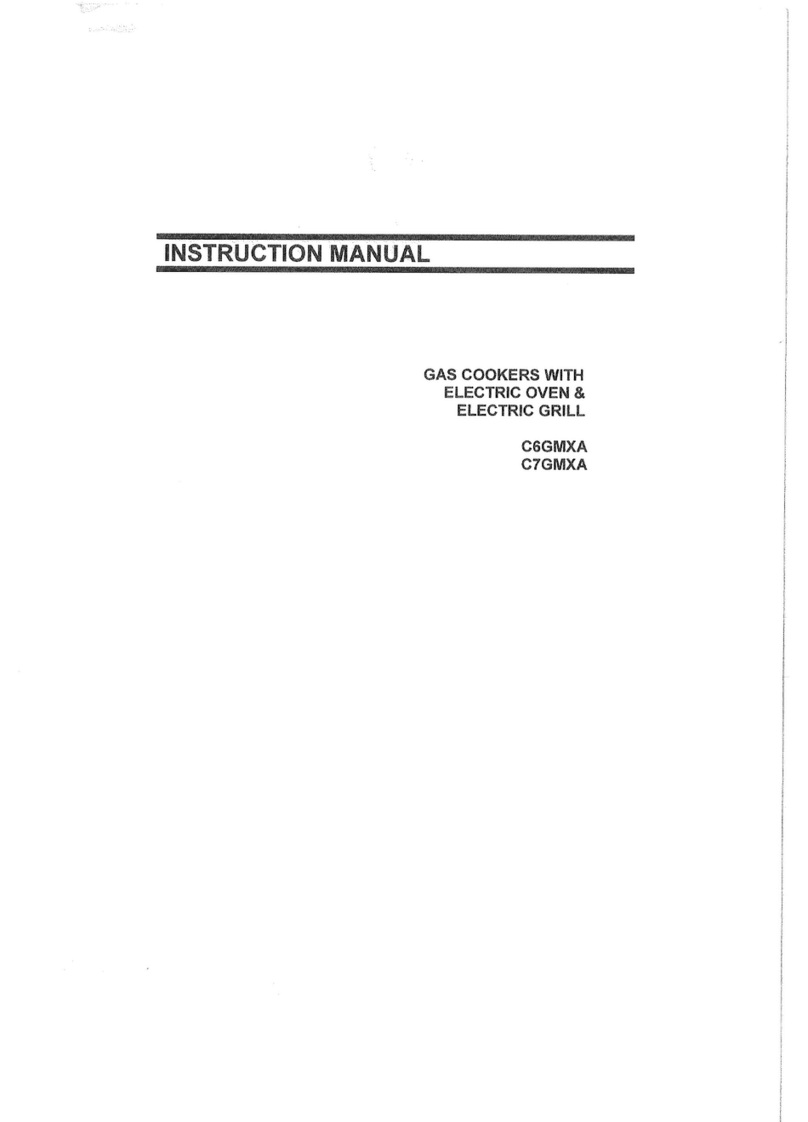
Smeg
Smeg C6GMXA User manual

Smeg
Smeg B60GMXI9 User manual

Smeg
Smeg Mista User manual

Smeg
Smeg Classic C9GMBA User manual
Popular Cooker manuals by other brands

RiverGrille
RiverGrille TF2002501-RG Assembly instruction

Vollrath
Vollrath 69504F Operator's manual
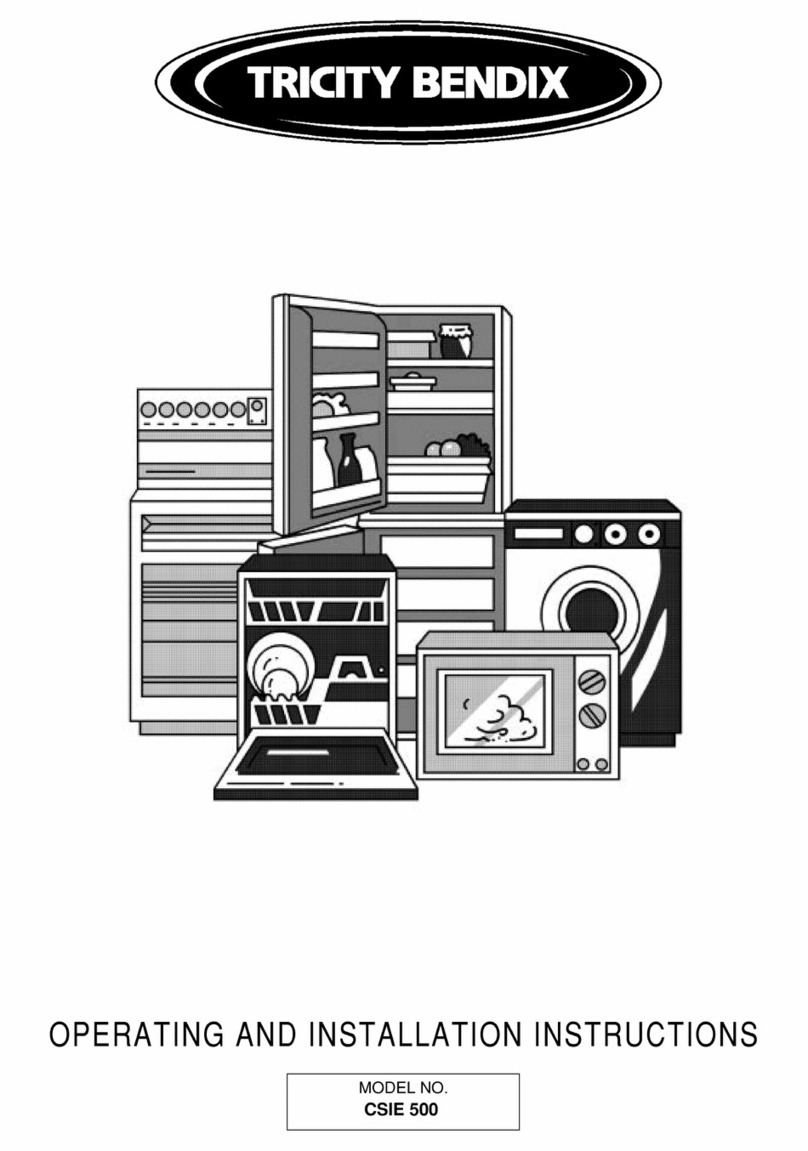
Tricity Bendix
Tricity Bendix CSIE500 Operating and installation instructions
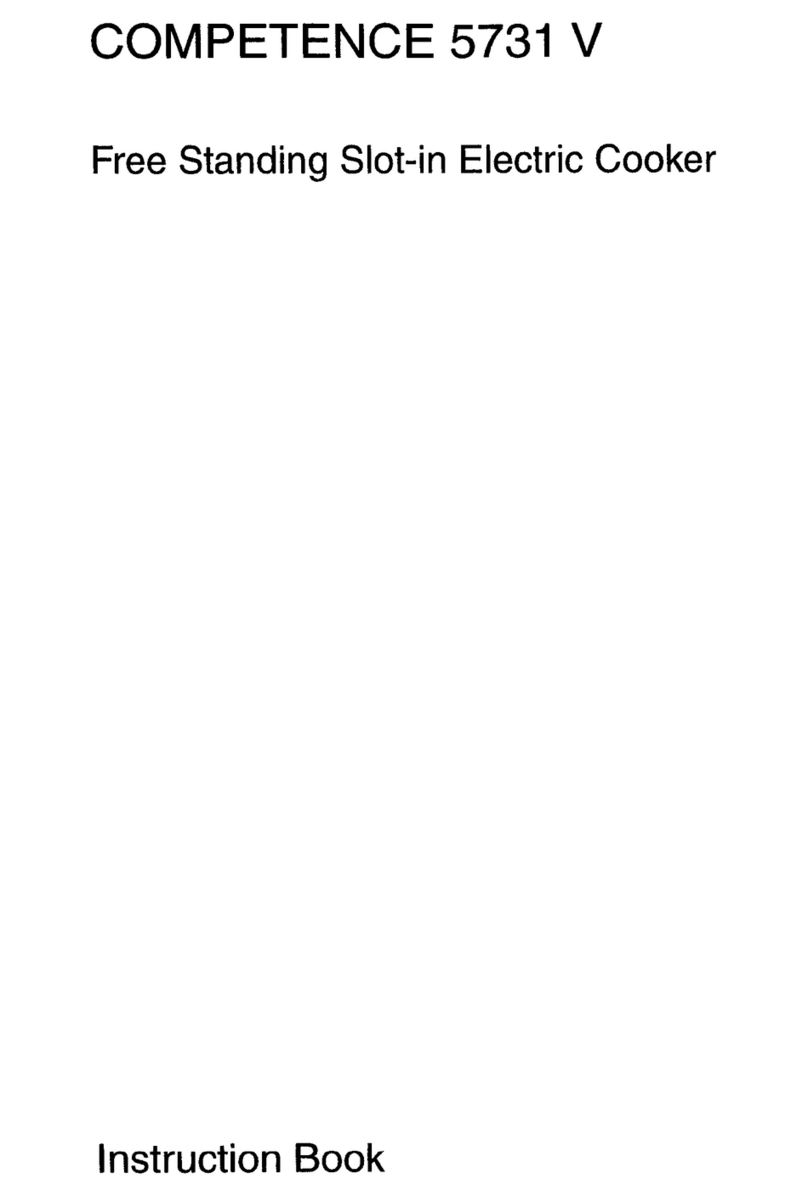
AEG
AEG Competence 5731 V Instruction book

Euromaid
Euromaid ES60 Installation and operation manual

Hotpoint
Hotpoint HUI 62 TP Instructions for installation and use


